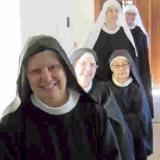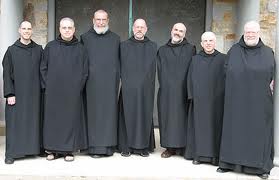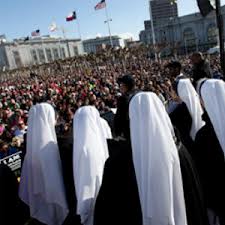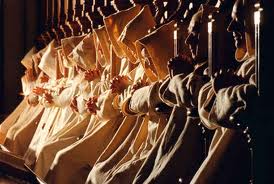 We often get the question about which religious orders say Gregorian Masses. While doing research on Saint Bruno, the founder of the Carthusians, I discovered that the Carthusians in Vermont take offerings for Gregorian Masses. The only Carthusian Charterhouse in North America is in Vermont. For any of you who have seen the movie, Into Great Silence, you will know how remarkable their life is.
We often get the question about which religious orders say Gregorian Masses. While doing research on Saint Bruno, the founder of the Carthusians, I discovered that the Carthusians in Vermont take offerings for Gregorian Masses. The only Carthusian Charterhouse in North America is in Vermont. For any of you who have seen the movie, Into Great Silence, you will know how remarkable their life is.
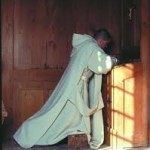 A Gregorian Mass consists of 30 masses said on 30 consecutive days for the repose of a soul of a deceased person. They cannot be offered for the living. The customary stipend for a Gregorian Mass is $300.00. The address for the Charterhouse is:
A Gregorian Mass consists of 30 masses said on 30 consecutive days for the repose of a soul of a deceased person. They cannot be offered for the living. The customary stipend for a Gregorian Mass is $300.00. The address for the Charterhouse is:
Charterhouse of the Transfiguration, Carthusian Monastery, 1084 Ave Maria Way, Arlington, VT, 05250
They do not allow visitors to the charterhouse. The monks’ life is one of prayer and fasting totally dedicated to God. The Carthusians were founded in 1084 by Saint Bruno in France. Their Motherhouse today is La Grande Chartreuse in the same valley.
In the interior and exterior silence of his solitude, the monk lives for God, and for God alone. The members of other monastic Orders also seek God in silence or solitude, but for Carthusians silence and solitude are the principal means to find Him. Inner silence – poverty in spirit – creates the empty space necessary to experience God’s presence in our heart, which transcends all words. “Let him make a practice of resorting, from time to time, to a tranquil listening of the heart, that allows God to enter through all its doors and passages.” (Statutes 4,2)
